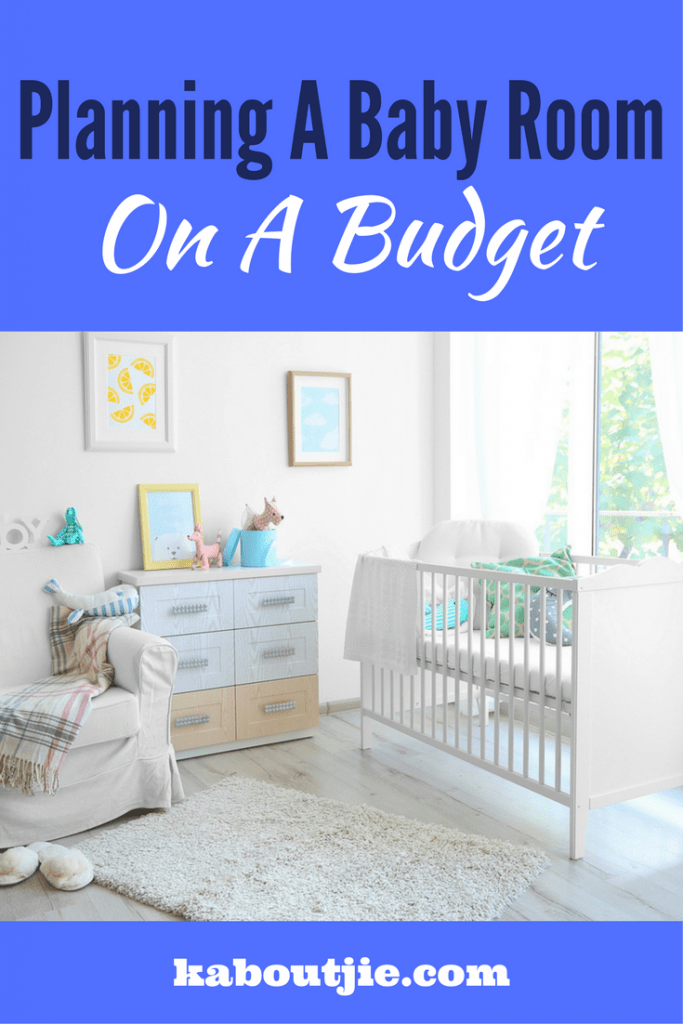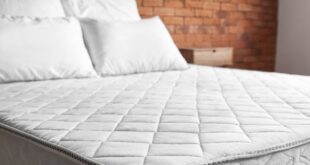It’s safe to say that almost every mother has put thought into what they want their child’s nursery to look like, but day dreaming and creating are two completely different tasks.
You may have always dreamed of that powder blue or light pink room decorated to the max with the cutest baby decorations, and it’s not easy to make compromises on anything that relates to your little one.

We’re Really Decorating For Ourselves
Let’s face it, a lot of the things we do and decisions we make are predetermined by our notion of what’s good. Our ideas about how to pamper a child usually mysteriously coincide with the most expensive stuff.
If we are being honest, we usually mix in a speck of vanity. Not only do we want a beautiful space for our baby, but a space we are proud to invite visitors to.

It’s just human nature and there’s no escaping it, really. Today, we look into a few ways budget-friendly tips to plan the space, keep its welcoming nature without wreaking havoc to our wallets.
Most importantly, we want to stress what you should never lose sight of, where you can and where you should never make cost cuts.
Go Minimal
Take a second to imagine a luxurious home or room. It doesn’t have to be a baby room, just close your eyes and imagine what you’d define as a luxurious space.
In the trends of modern interior design, a luxurious space is minimal. It might be a huge house, with a spectacular view and high ceilings but the finishing touches like furniture are rarely excessive.
With some adjustments, the same principle applies to planning a baby space.
The Adjustments – What We Need Vs What They Need
For adults, the principles of minimalistic design are aimed at soothing our brain in a hectic world. That’s not what you need for a baby.
The brain of the little one needs stimulation, both with colors and shapes.
Where it all usually gets out of hand is trying to plan a stimulating space through permanent expensive pieces branded cabinets or chairs.
Packing the space with every little thing you ever saw in a magazine or in a friend’s house, cabinets, chairs, shelves…

The issue with the approach
The issue here is that, with time, a single piece stops being new and is not nearly as interesting or stimulating for the little one as it was for a few months.
What to do instead
To plan the room, make two lists – a list of big and small ticket items and a list of “must-haves” vs. & “want-have” or “maybes”.
If you already have a lost of thing you wanted to buy you’ll notice that the list of must-haves is significantly shorter than the list of “maybes’ and “want-haves”.
The “secret” here is to achieve the stimulation we want for the room not through the big ticket items but through “cheap details” that you can replace and keep the space dynamic as time goes by.
Let’s get specific – the process of planning the baby room this way could be broken down into three steps:
Step 1: Set the tone with paint
Before you even pick up a brush, you should have an image of what you want the space to look like.
You might have a favorite color or want to be different by choosing a deep rich color, but again, you’re not planning a space for yourself.
The color choice sets the tone for the space, and the factors of choosing right go beyond your favorite color or what you think looks good.
- Think about the size of the room – you might absolutely love purple and you might have a gentle hue in mind already. If the room is small, stay away from anything overwhelming. A rich and darker hue might look stunning but in the long run, it will overwhelm the space. Remember, you’ll be adding accent piece and that’s where you have more room for experimenting with color.
- Think about the natural light – this one is similar to what we said about small rooms above. If the room doesn’t get enough natural lighting, a string hue will “close” it.

If this is the case (either a small room or a room that doesn’t get enough natural lighting) go with light, neutral colors or very gentle hues. They will make the space look bigger and brighter.
As we said, the paint is not where you should be looking for the stimulation.
Instead, go with subdued and pastel hues, like pale blues, subdued pinks or soothing earthy tones.
Color has profound effects on both the space and, more importantly, the brain and moods of your little one. You can read more about the effects and some interesting ideas on the ProjectNursery site here.
Once you’ve set the tone, you can experiment with accent walls that can be darker to create a perception of depth in the room, colorful wall stickers etc.
But before spending your money on the non-essentials, make sure that your budget covers the most important aspects (below).
Step 2: The big ticket items / the “must-haves”
Having a rational plan in place will allow you to spend the money you’re saving on non-essential items and invest it in the few items that will have the most impact.
If we cut through the confusion and the overwhelming avalanche of information out there, we can safely narrow down the list of the must-haves to 3 or 4 items.
These are the items that you don’t want to save on.
The crib
Second only to the mattress, the choice of a crib is one of the two decisions that should you be extremely picky because it goes way beyond the “feel” of the space and reaches into the most important aspect of planning the room – safety.
Safety standards – the good news here is that there are strict standards in place (the last update of the standards was set forth by the U.S. Consumer Product Safety Commission in 2011 – you can see a specific list here.
The crib mattress
The single most important decision you’ll make when planning your baby room.
It‘s the item that’s closest to your little bundle of joy. Talking about room colors and decoration pales in comparison to the importance of choosing the best crib/toddler mattress you can afford.
There’s no room for money being a factor in the decision.
If you’re on a budget and need to make cost cuts, make them anywhere else, but not the mattress and the crib. To make our point here, let’s assume that you have a budget of $350 and can’t afford to spend a dime more.
In this scenario, $300 should go to the crib and the crib mattress and the extra 50 should be invested in a good baby monitor.
You can improvise s changing table, but you can not improvise the safety of a good crib mattress.

If you are a responsible new parent, you probably know all the risks involved with choosing the wrong crib mattress, so we won’t rehash what you probably already know – you can see some specific recommendations of best crib mattresses at TheSleepStudies website here.
The baby monitor
By choosing the best crib and baby/toddler mattress you’ve covered your bases and minimized the risk of stuff that can go wrong.
The last piece of the puzzle is making sure that you are aware of what’s going on at all times by investing in a good baby monitor.

Even if you’re sleeping in the room next door, a baby monitor is still a must:
- it goes a long way towards creating the safest environment possible
- it allows you to relax and get the much needed rest
Ideally, you’ll want a video monitor. An image of what’s going in the room will put you at ease and take a nice chunk of the stress off your shoulders. In those terms, the difference in price between just-audio and video monitors is marginal.
You can’t put a price on safety and peace of mind
If there’s one takeaway from what we talked about above it’s the fact that you should be clear on the priorities, the “must-haves” and the “want-haves”.
Simply put – if the money is tight, make smart investments with the basics and the rest will fall into place.
 Kaboutjie SA Mommy Blogs by Lynne Huysamen
Kaboutjie SA Mommy Blogs by Lynne Huysamen





I found your website very interested and informative. I have read about this first time. By The way, I have learned new things from this post. The designs are really very nice.